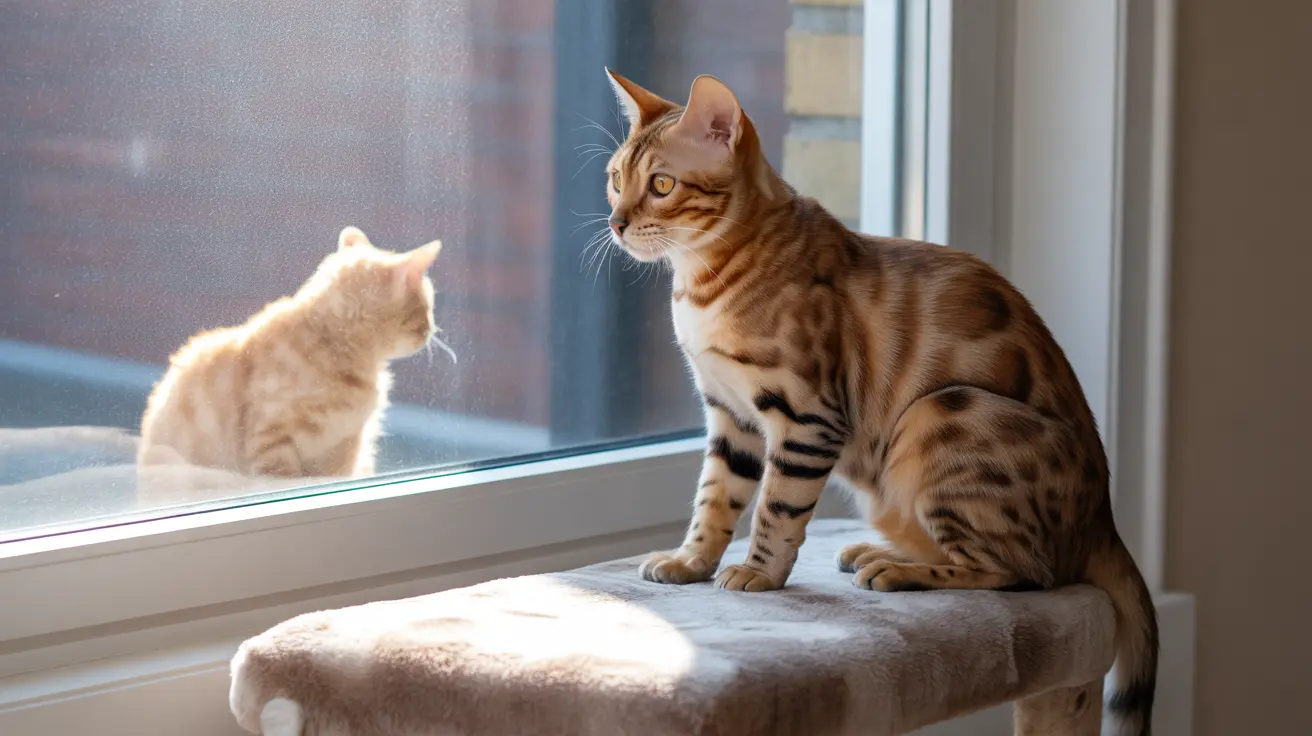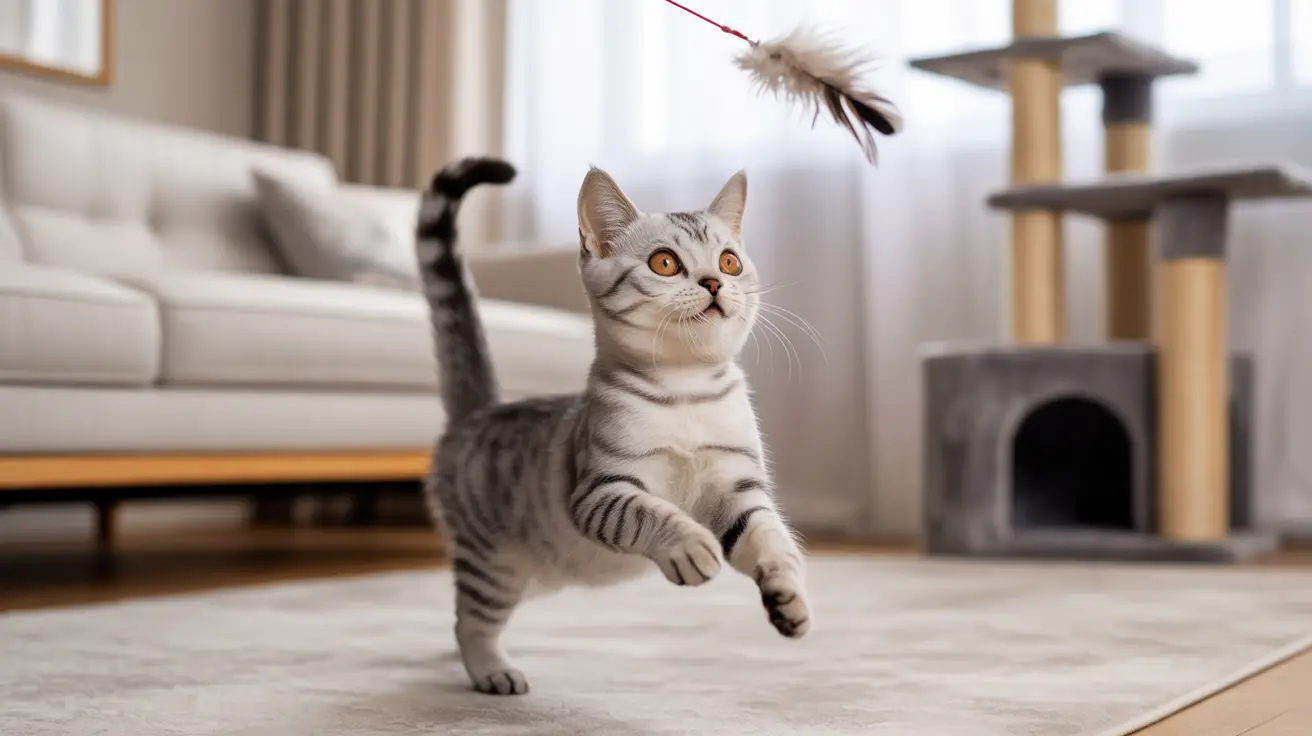Common Reasons Why Cats Fight
Territorial Disputes and Resource Competition
Cats are naturally territorial animals, and conflicts often arise over valued resources and spaces. Even in spacious homes, cats may fight over preferred window perches, sleeping spots, or access to food and water bowls. This territorial behavior is deeply ingrained in their nature, regardless of how well-fed or cared for they may be.
Social Maturity and Changing Relationships
Many cat owners are surprised when previously bonded cats begin fighting as they reach social maturity (typically between 1-5 years of age). This development phase often triggers shifts in social dynamics, leading to increased competition and territorial behavior, even among siblings who once got along perfectly.
Understanding Fear and Redirected Aggression
Fear plays a significant role in feline conflicts, particularly among cats who weren't properly socialized early in life. When a fearful cat feels threatened, they may react aggressively as a defensive mechanism. Additionally, redirected aggression occurs when a cat becomes aroused by an external trigger (like seeing an outdoor cat) and redirects that aggression onto a nearby housemate.
Signs of Play vs. Real Fighting
Playful Interaction Indicators
- Taking turns chasing each other
- Forward-facing ears
- Minimal vocalization
- No actual biting or scratching
- Relaxed body language
Warning Signs of Serious Fighting
- Flattened ears
- Hissing or growling
- Raised fur
- Stiff body posture
- One-sided pursuit
- Actual biting or scratching
Prevention and Management Strategies
Environmental Enrichment
- Multiple elevated perches
- Separate feeding stations
- Several litter boxes in different locations
- Various scratching posts
- Plenty of hiding spots
Structured Introduction Techniques
- Separate cats initially
- Use scent exchange
- Allow visual contact through a barrier
- Supervise short face-to-face meetings
- Gradually increase interaction time
Frequently Asked Questions
Why do cats fight so much over territory and resources in the home?
Cats fight over territory and resources because they're naturally territorial animals who need to feel in control of their environment. Even with abundant resources, cats may compete for preferred spots or items they view as valuable, such as specific sleeping areas or window perches.
How can I tell if my cats are playing or actually fighting?
Play fighting involves reciprocal behavior, relaxed body language, and no injuries. Real fighting features aggressive vocalizations, flattened ears, raised fur, and potential injuries. Play involves taking turns, while real fights are usually one-sided.
What causes bonded cats to suddenly start fighting after years of peace?
Sudden fighting between bonded cats can be triggered by social maturity changes, stress from environmental changes, redirected aggression from seeing outdoor cats, or medical issues causing irritability or pain.
How do redirected aggression and fear lead to cat fights?
Redirected aggression occurs when a cat becomes aroused by something they can't reach (like an outdoor cat) and redirects that aggression onto a housemate. Fear-based aggression happens when cats feel threatened and react defensively.
What are the best ways to stop cats from fighting and prevent future conflicts?
To prevent fights, provide multiple resources throughout your home, maintain consistent routines, use positive reinforcement for peaceful interactions, and address environmental triggers. Never physically separate fighting cats, and consult a veterinarian if aggressive behavior suddenly develops.
By understanding why cats fight so much and implementing appropriate management strategies, you can help your feline friends live together more harmoniously. Remember that each cat is unique, and sometimes professional help from a veterinarian or feline behaviorist may be necessary to resolve persistent conflicts.






